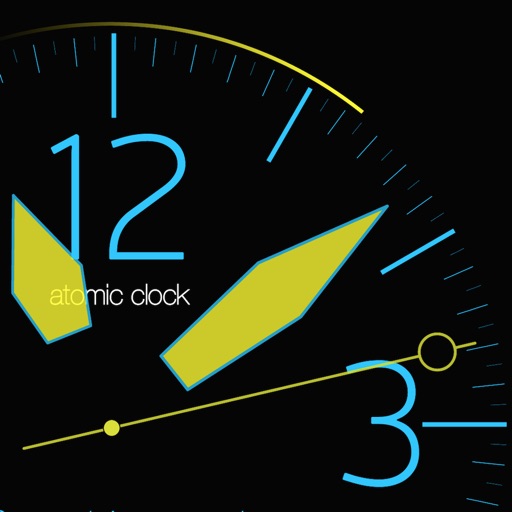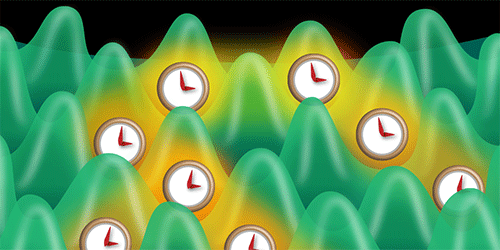

Infleqtion UK is a wholly-owned subsidiary of the flagship commercial brand Infleqtion. Coupled with our engineering expertise, we are in an excellent position to lead the market in delivering next generation commercial atomic clocks at scale.” “The funding will allow Infleqtion to advance its manufacturing capability in the UK for systems required to build a wide range of quantum-enabled products. Timothy Ballance, General Manager of Infleqtion UK, in the company’s announcement. “This project will deliver the UK's first commercially available optical atomic clock which will provide a crucial layer of resilience across many national security applications,” stated Dr. The funding from Innovate UK will enable Infleqtion to bring its new optical atomic clock to market and make the UK a global leader in the development and manufacture of quantum-enabled PNT systems. They are also not reliant on external signals, making them less vulnerable to weather conditions, interference, and jamming,” he said. “Quantum-enabled PNT systems offer significant advantages over traditional GNSS-based systems, including improved accuracy, enhanced resilience, and reduced size and weight. The quantum-enabled PNT – positioning, navigation and timing – systems market is poised for significant growth, said Raveneberger, fueled by the increasing need for accurate PNT systems across various applications, including the deployment of 5G networks. This level of accuracy will be essential for applications such as autonomous navigation, resilient power distribution, and national security. The new clock will achieve a frequency stability that is more than 50 times better than the best commercially available atomic clocks of comparable size, says Infleqtion. The company’s project lead Cornelis Ravensberger made the announcement while presenting the technology at the World of Quantum, part of this week’s LASER World of Photonics, in Munich. The funding, the amount of which was not revealed, will support the development of a new type of optical atomic clock that exceeds the accuracy and reliability of current Global Navigation Satellite Systems (GNSS)-based systems. Until the end of 2022, Infleqtion was known as Cold Quanta. "That's really significant for a lot of real-world applications, where our laser looks a lot more like what you would take out into the field.Cornelis Ravensberger speaking at the World of Quantum conference.Quantum information company Infleqtion, based in Oxford, UK, has been awarded funding from Innovate UK to expand its manufacturing capabilities for quantum-enabled systems. "The amazing thing is that we demonstrated similar performance as the JILA group despite the fact that we're using an orders of magnitude worse laser," says Shimon Kolkowitz, a UW-Madison physics professor and senior author of the study. But the UW-Madison physicists also notes the laser they used is of a much lower quality than the one used by JILA. While the atomic clock created at University of Wisconsin-Madison is precise to the point of "losing just one second every 300 billion years," the physicists say it isn't as precise as the model developed by the JILA team. Physicists at University of Wisconsin-Madison have built their own version of a highly functional atomic clock. However, the research from JILA is only one of two papers on a new atomic clock model that will be published in the February edition of Nature. "For timekeeping, it also shows that there is no roadblock to making clocks 50 times more precise than today - which is fantastic news."

"The most important and exciting result is that we can potentially connect quantum physics with gravity, for example, probing complex physics when particles are distributed at different locations in the curved space-time," NIST/JILA Fellow Jun Ye said in a statement.

The JILA physicists who conducted the experiment are looking to use the new model for cutting-edge experiments in understanding curved space-time, a concept pioneered by Albert Einstein in his 1915 theory of relativity.


 0 kommentar(er)
0 kommentar(er)
